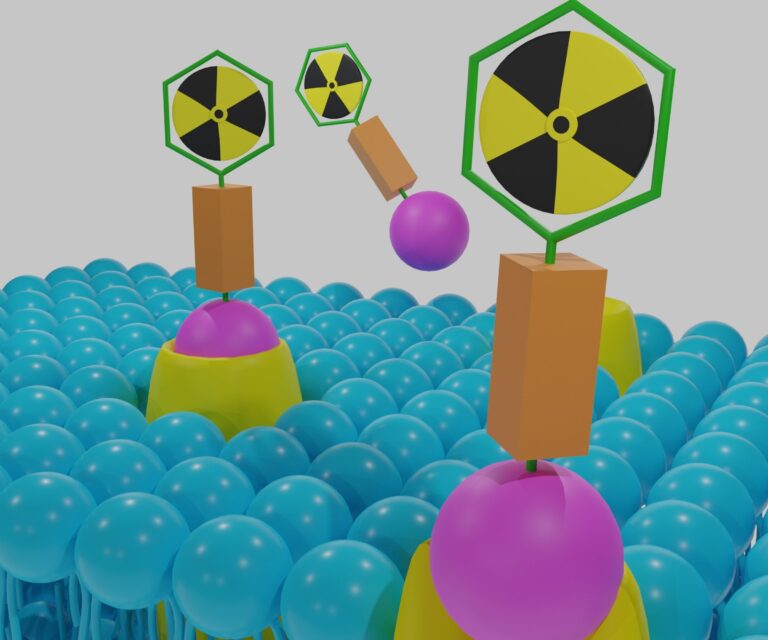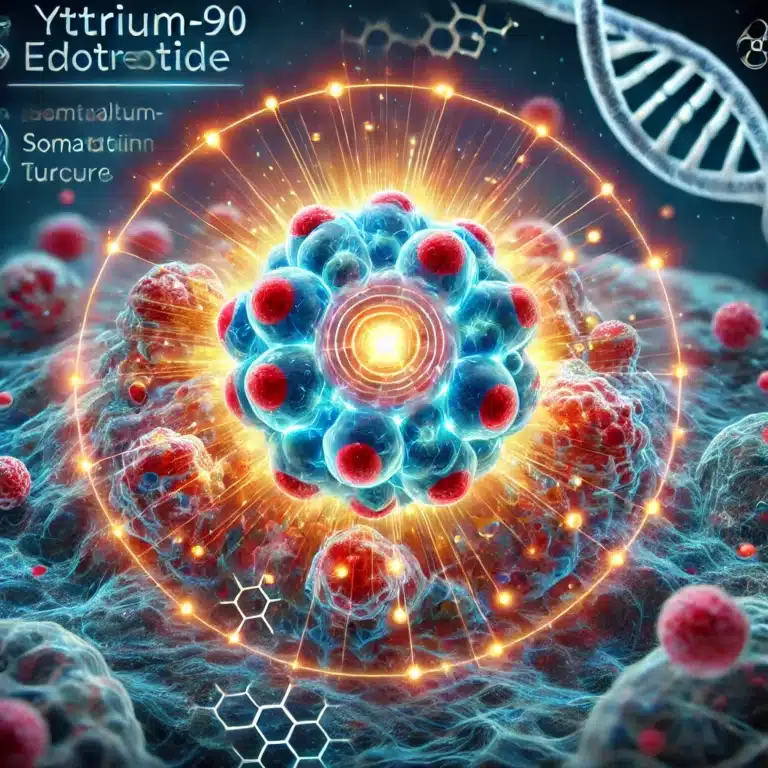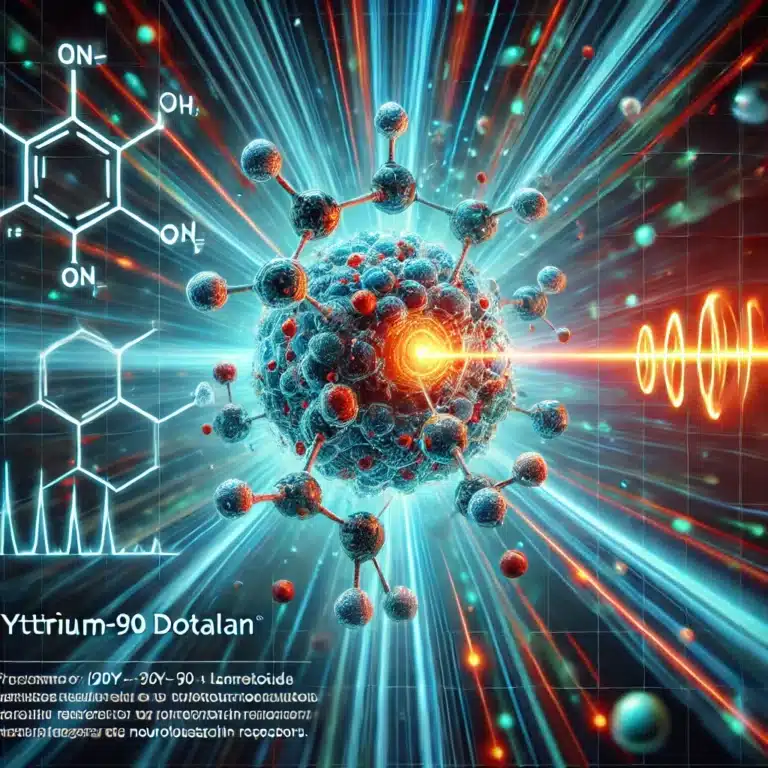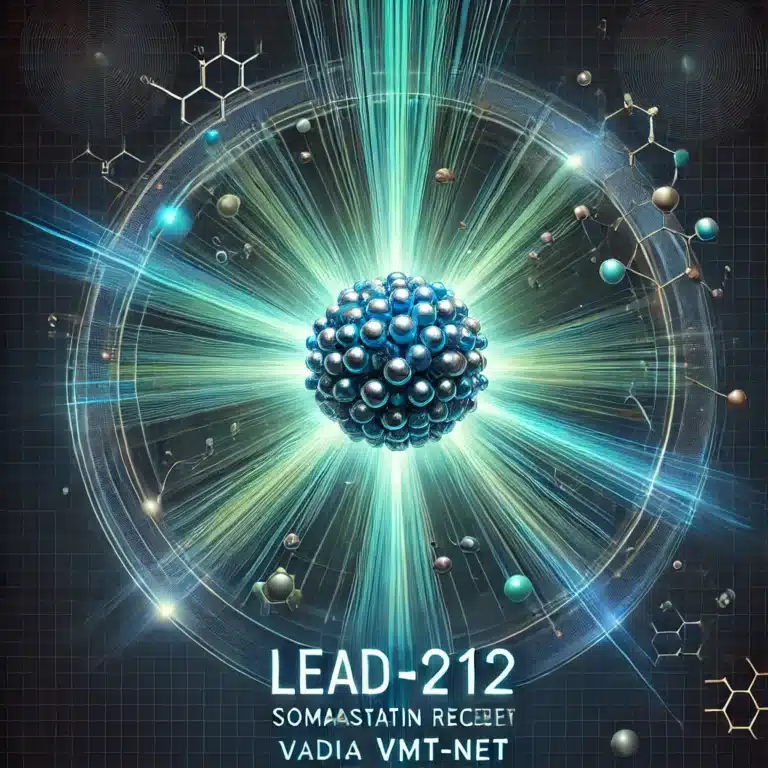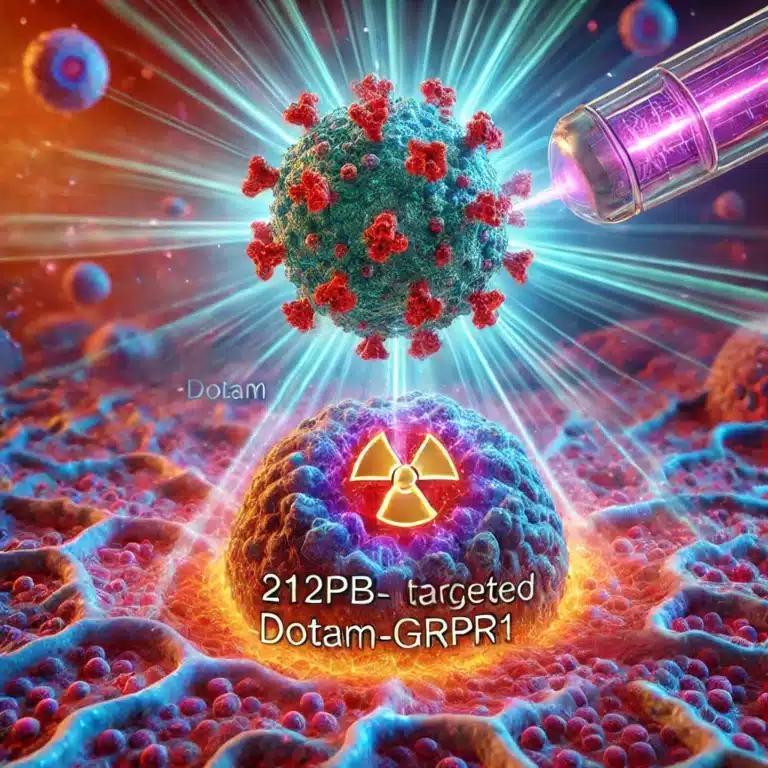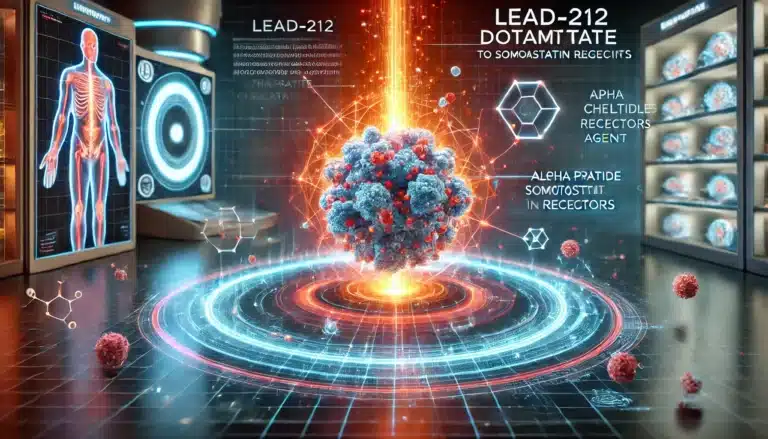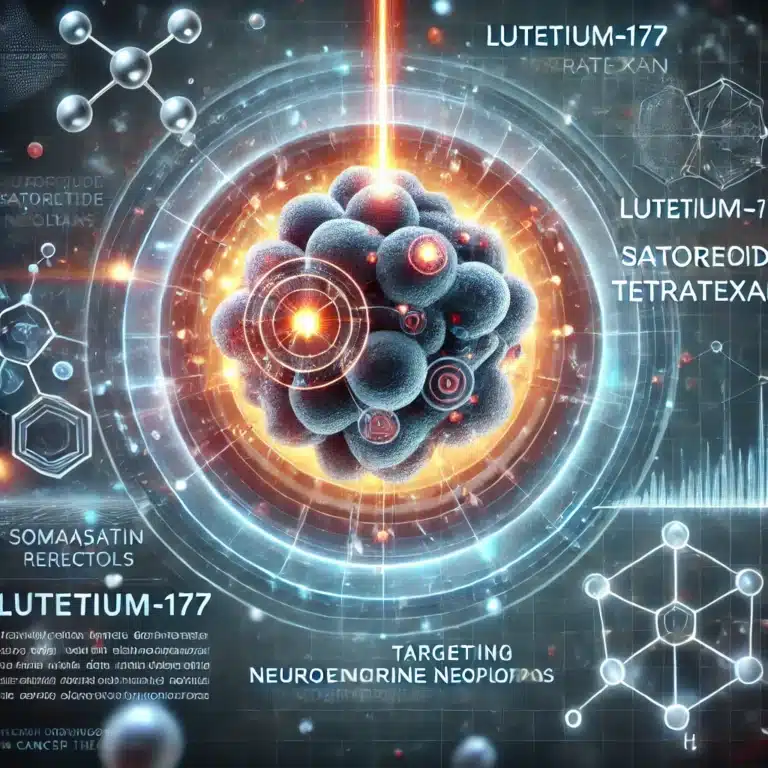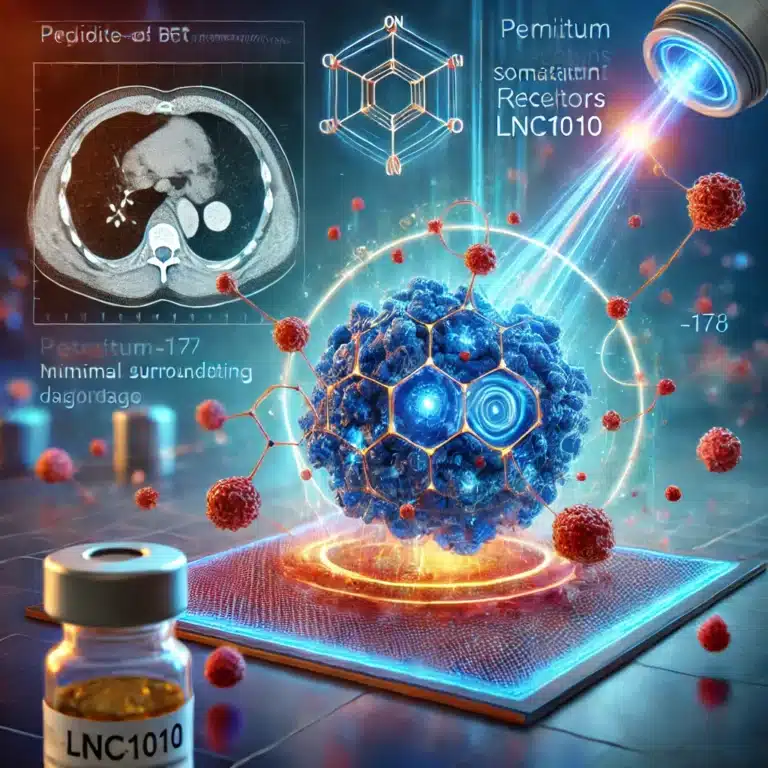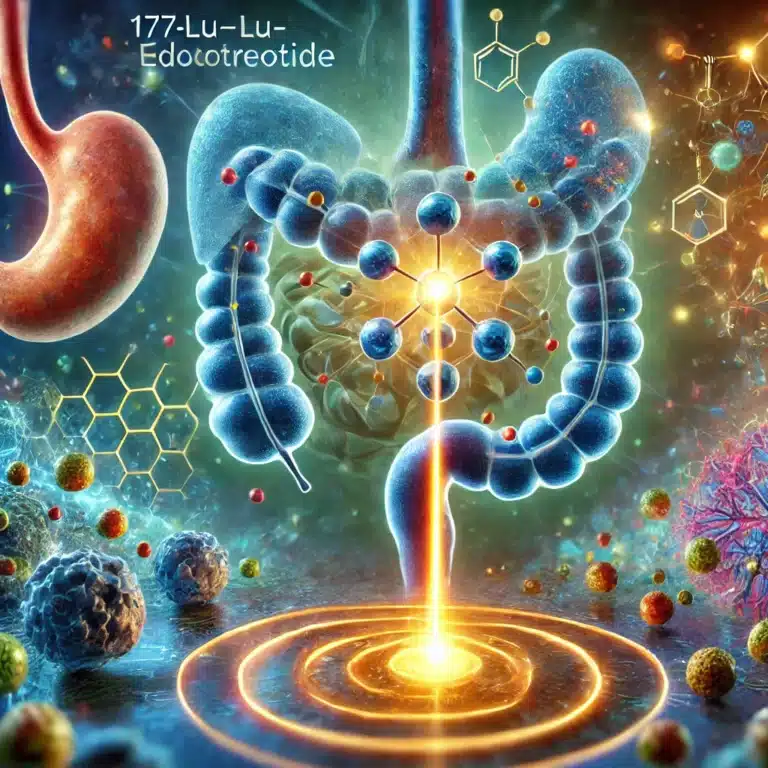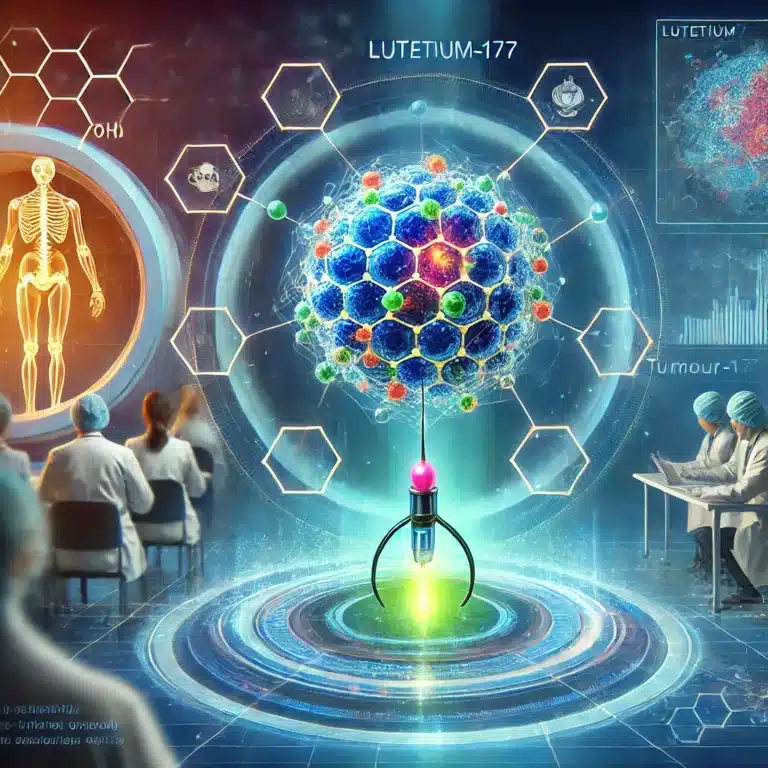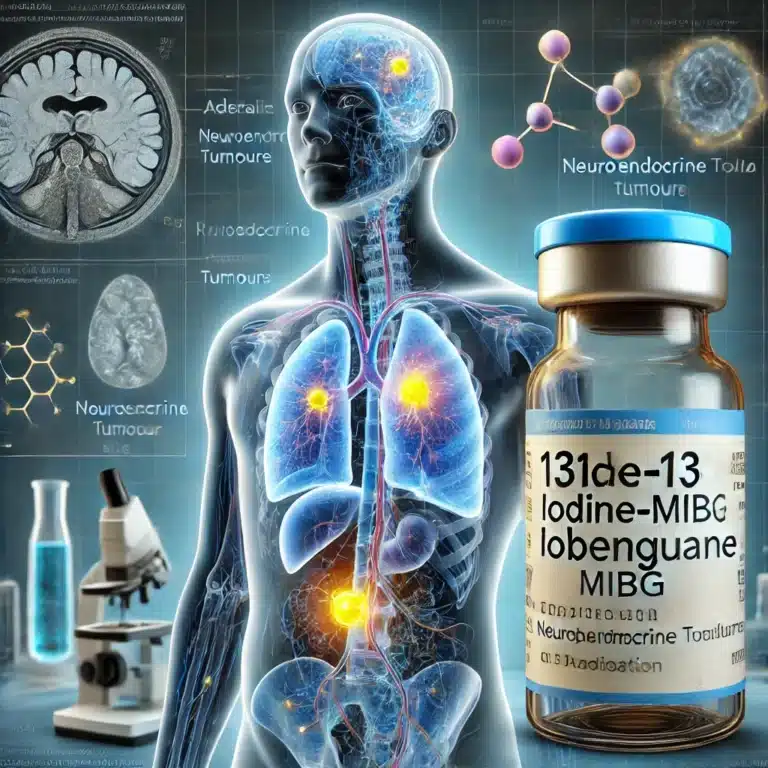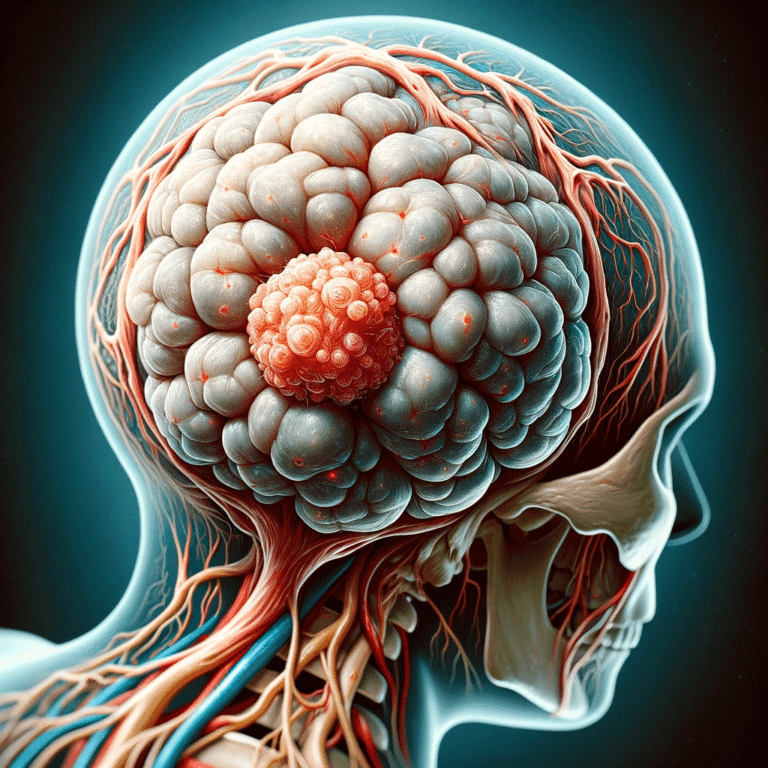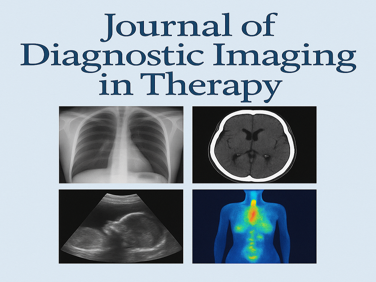Neuroendocrine Tumors
Neuroendocrine tumours (NETs) are a rare and heterogeneous group of neoplasms originating from neuroendocrine cells. They can occur in various organs, such as the gastrointestinal tract, lungs, and pancreas. The early detection and accurate staging of neuroendocrine tumours are critical for optimal patient management and prognosis. Tomography plays a vital role in diagnosing and monitoring the disease. This article discusses various imaging modalities used for identifying and characterising NETs and recent advancements in the field.
Computed tomography is a widely used imaging modality for the initial evaluation of suspected NETs. CT scans provide detailed information about the tumour’s size, location, and involvement of adjacent structures. Multi-phase CT scans with intravenous contrast material can further enhance the visualisation of neuroendocrine tumours and their vascular supply. However, CT has limitations in detecting small tumours and metastases, especially in the liver.
Magnetic resonance imaging (MRI) is another valuable imaging technique for NETs. Compared to CT, MRI offers superior soft-tissue contrast resolution and does not involve ionising radiation. MRI can accurately detect and characterise liver metastases, which are common in NETs. The use of specific MRI sequences, such as diffusion-weighted imaging (DWI) and hepatobiliary contrast agents, can further increase the sensitivity and specificity of the examination.
Nuclear medicine imaging technologies, such as positron emission tomography (PET) and single-photon emission computed tomography (SPECT), can provide functional information about NETs. These modalities rely on the tumour cells’ uptake of radiolabeled molecules, allowing for targeted imaging of NETs.
Most NETs express somatostatin receptors, which can be targeted for imaging using radiolabeled somatostatin analogues, such as 68Ga-DOTATATE or 111In-pentetreotide. SRI can detect primary and metastatic NET lesions with high sensitivity and specificity. SRI is also useful for determining patients’ eligibility for peptide receptor radionuclide therapy (PRRT), a targeted treatment option for inoperable or metastatic NETs.
Novel imaging agents and techniques have emerged to improve the detection and characterisation of NETs. For example, 18F-fluorodeoxyglucose (18F-FDG) PET/CT is useful for imaging high-grade and aggressive NETs with increased glucose metabolism. Another advancement is using radiomics, which extracts quantitative features from medical images to aid diagnosis, prognosis, and response assessment. In addition, Radiomics has the potential to provide valuable insights into the biological behaviour of NETs, which may ultimately improve patient management.
You are here:
home » neuroendocrine tumours


